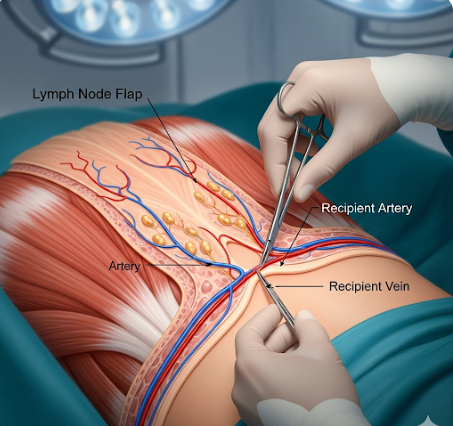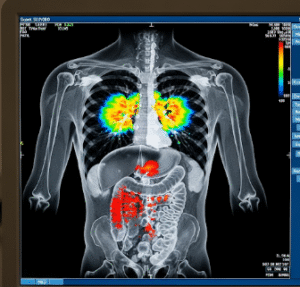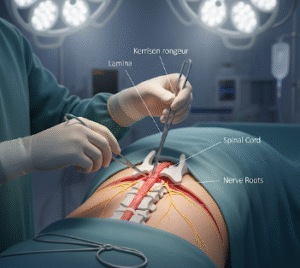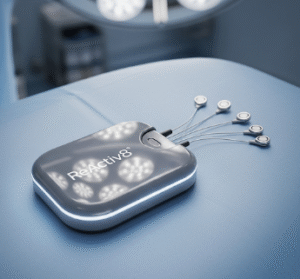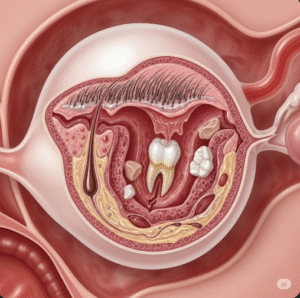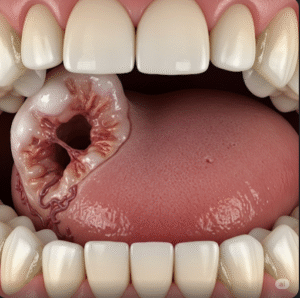What It Is
Vascularized lymph node transfer (VLNT) is a microsurgical procedure used to treat lymphedema, a chronic condition where lymph fluid builds up due to blocked or damaged lymphatic vessels. In this surgery, healthy lymph nodes along with their blood vessels are harvested from a donor site—commonly the groin, supraclavicular area, or omentum—and transplanted to the affected limb or body region.
The transferred nodes are reconnected to blood vessels at the recipient site under a microscope. Over time, these transplanted lymph nodes promote new lymphatic drainage pathways, reduce swelling, and lower the risk of recurrent infections. Korea is recognized for VLNT thanks to its supermicrosurgery expertise, advanced lymphatic imaging, and refined donor site selection methods that reduce risks.
Why It’s Done
Patients undergo VLNT because:
- They suffer from moderate to advanced lymphedema that does not respond to conservative treatments.
- They experience pain, heaviness, swelling, or restricted mobility in the affected limb.
- They have repeated skin infections (cellulitis) due to lymphatic stasis.
- They want to reduce or eliminate long-term dependence on compression therapy.
Good candidates include:
- Patients with chronic or progressive lymphedema.
- Individuals who are in good general health and able to undergo microsurgery.
- Patients motivated to commit to long-term physiotherapy and follow-up care.
Alternatives
- Conservative management: Compression garments, lymphatic massage, and physiotherapy.
- Lymphovenous bypass (LVB): A supermicrosurgical technique suitable for early-stage lymphedema.
- Liposuction for lymphedema: Removes fibrotic fat and excess tissue in severe cases, but does not restore lymphatic drainage.
Preparation
Before undergoing VLNT in Korea, patients will:
- Undergo lymphoscintigraphy, MRI lymphangiography, or indocyanine green (ICG) lymphography to evaluate lymphatic flow.
- Have donor site mapping to avoid causing lymphedema in the harvest area.
- Stop smoking and alcohol at least 4 weeks before surgery.
- Continue conservative treatments until the surgery date.
- Prepare for a hospital stay and structured postoperative rehabilitation.
How It’s Done
- Anesthesia: General anesthesia is required.
- Harvesting: Healthy lymph nodes with blood vessels are taken from a donor site.
- Transfer: These nodes are transplanted to the affected limb or body region.
- Microvascular connection: Arteries and veins are reconnected under a surgical microscope.
- Duration: Typically 6–8 hours depending on complexity.
Recovery
- First week: Swelling, bruising, and mild pain at donor and recipient sites.
- Hospital stay: 5–10 days for monitoring flap survival.
- Compression therapy: Usually continued for months after surgery.
- Physiotherapy: Started early to enhance lymphatic drainage and maintain mobility.
- Results: Noticeable reduction in swelling often occurs within 3–6 months, with further improvements for up to 2 years.
Possible Complications
- Rare risk of lymphedema developing at the donor site.
- Flap failure if vascular connection is compromised.
- Infection, wound healing issues, or scarring.
- Temporary numbness or discomfort in donor areas.
Treatment Options in Korea
Diagnosis
Korean specialists use ICG lymphography, MRI lymphangiography, and Doppler ultrasound to accurately map both lymphatic and vascular systems, ensuring precise planning.
Medical Treatments
- Compression garments and physiotherapy remain important supportive therapies.
- Laser or injection-based scar treatments may be used for associated tissue changes.
Surgical or Advanced Therapies
- VLNT for moderate to advanced lymphedema.
- Lymphovenous bypass (LVB) for earlier stages.
- Hybrid approaches combining VLNT with LVB or liposuction for severe cases.
Rehabilitation and Support
- Long-term rehabilitation programs including physiotherapy, compression, and lifestyle guidance.
- Scar care with silicone therapy or fractional laser.
- Regular follow-ups with imaging to track lymphatic function recovery.
- International patients benefit from Korea’s advanced microsurgery centers, comprehensive aftercare, and multilingual support teams.

